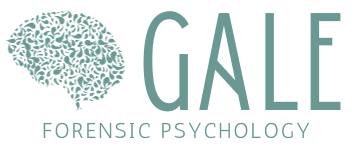Don’t underestimate the power of your nonverbal communication skills
Pretty much everyone has heard of the saying “read between the lines”. Well, the same can be true for communication as well. Nonverbal communication is reading body language such as facial expressions, hand gestures, touch, and movement. It can even include the tone of someone’s verbal communication.
Why Nonverbal communication is important
First impressions are largely made within seven seconds of meeting someone. That’s a short span of time. So a lot of it comes down to reading body language. We as people transmit so much information about ourselves through nonverbal communication and we don’t even realize it. The way we walk, for example, can give off cues as to how confident a person is. A person moving their feet a lot can show they are anxious about something.
Another reason why nonverbal communication is important is that it helps counselors and healthcare providers in building a good rapport with their patients. When this happens then the patient is more willing to open up about feelings or behaviors they otherwise would not have.
Types of Nonverbal skills
There are 9 types of nonverbal communication.
- Kinesics
- Haptics
- Proxemics
- Territory
- Environment
- Paralinguistic’s
- Chronemics
- Attractiveness
- Olfactics
Kinesics is all about how we move our body, head, hands, and arms. This type of nonverbal communication also includes the facial expressions we make.
Haptics is the physical contact or touch that we have with others. A handshake when meeting someone is a form of this. Our haptics can characterize the relationship we have with someone.
Proxemics is all about space and distance. How people use the space around them can show the level of discomfort someone is feeling.
Territory gives you a sense of a person’s power. People who open up their bodies and take up space portray having power.
Environment is about the objects we surround ourselves with to give off a certain impression.
Paralinguistic’s analyzes how someone is speaking. This involves listening to the pitch, tone, volume, tempo, and articulation.
Chronemics is how a person uses their time. This includes the punctuality of a person or their willingness to wait for something or someone.
Attractiveness isn’t just about the physical appeal. Maintaining a good level of eye contact, having a lively face, and open gestures are also part of our attractiveness.
Olfactics is how we assess smells.
Take Away
Our body language is a crucial part of our communication with others. It helps us to deliver clear messages and create a good impression on others. We use it to show our feelings about things and people. So do not underestimate the power of your nonverbal communication.
